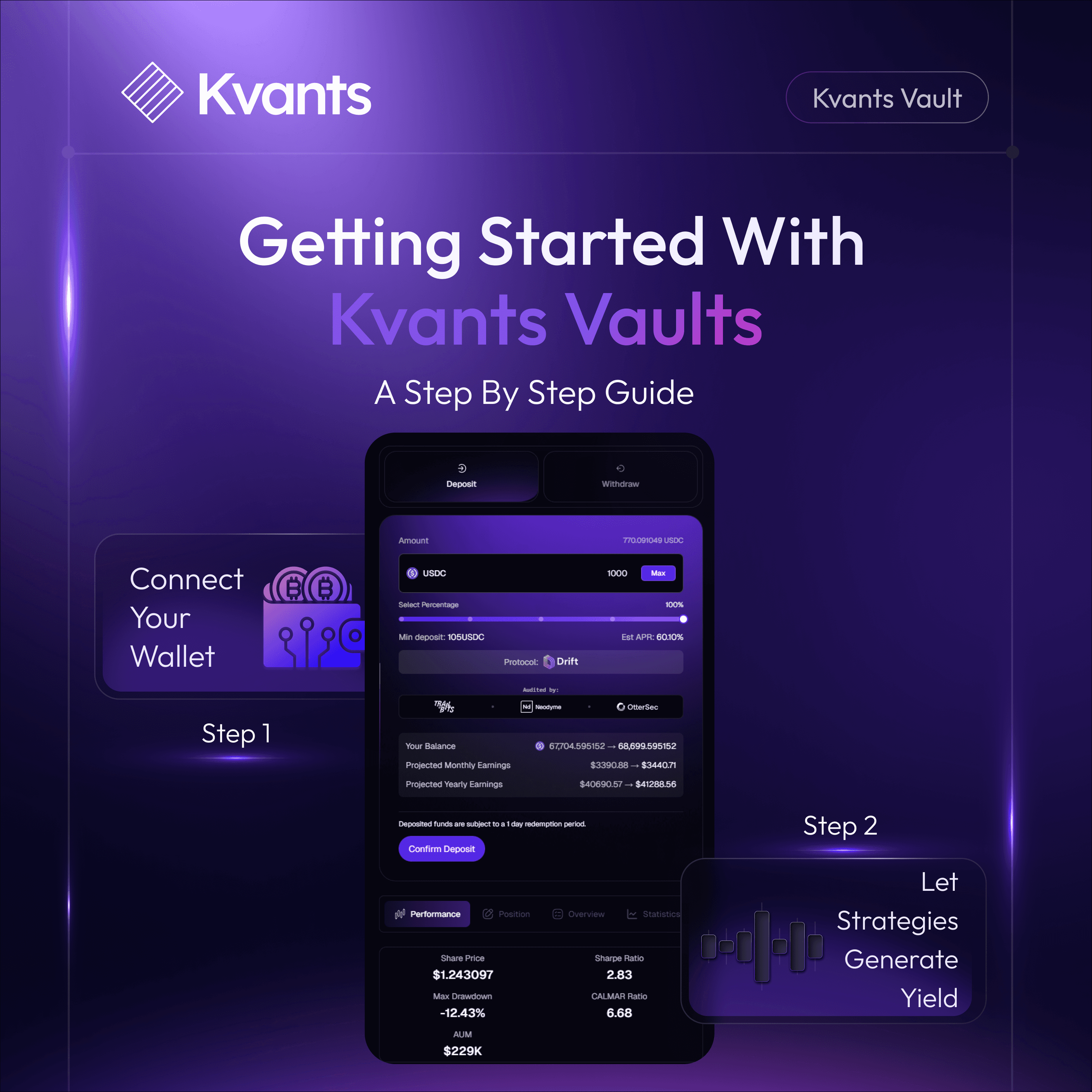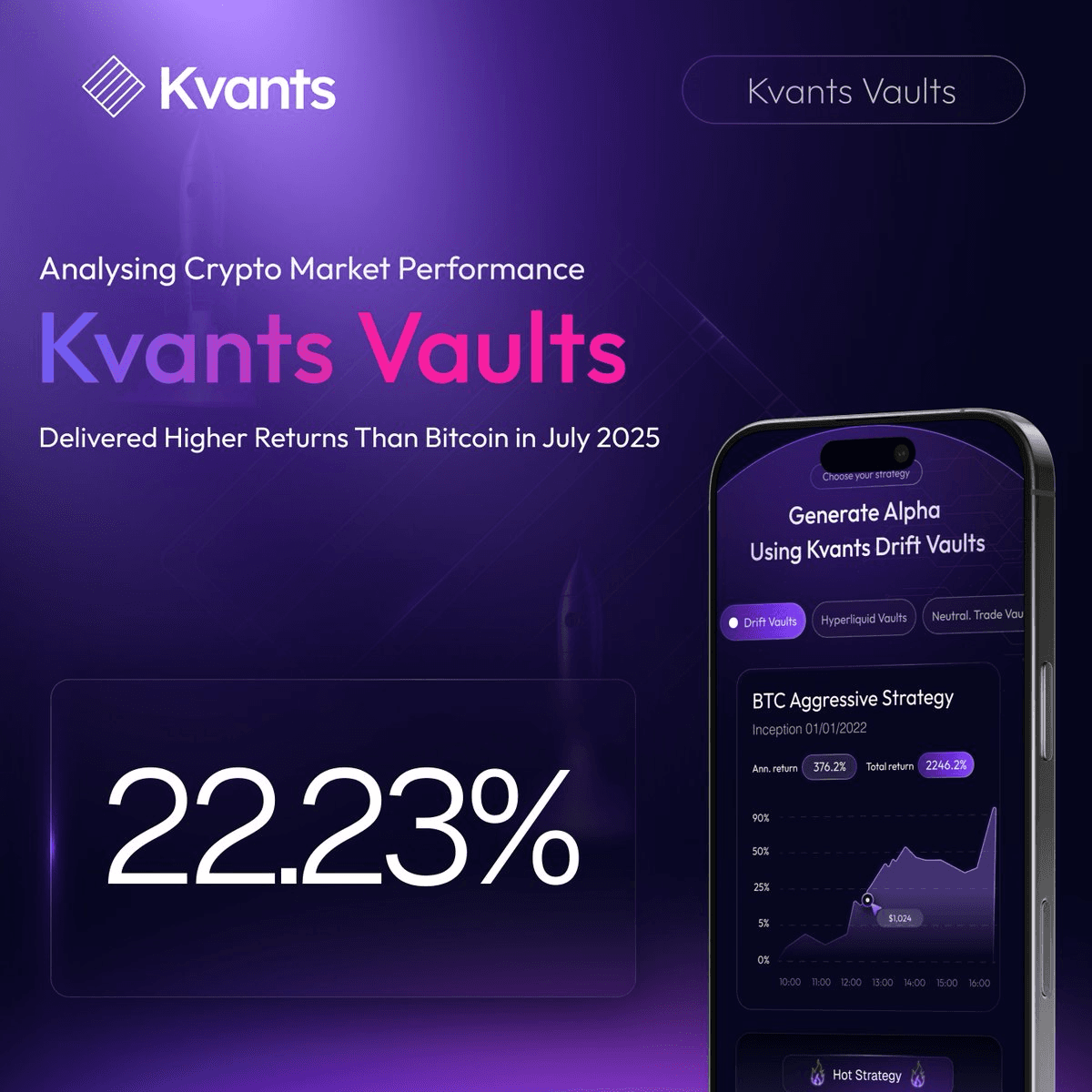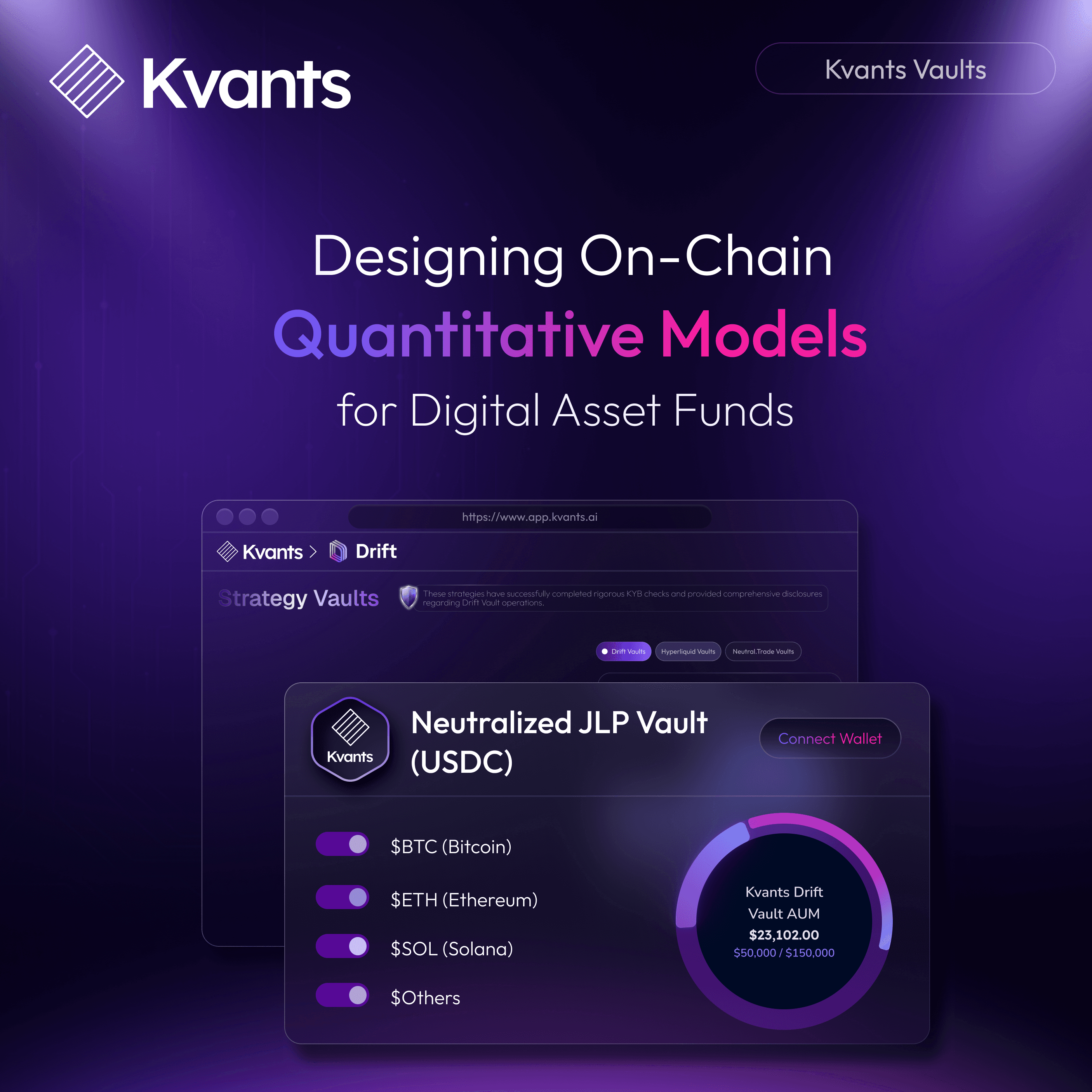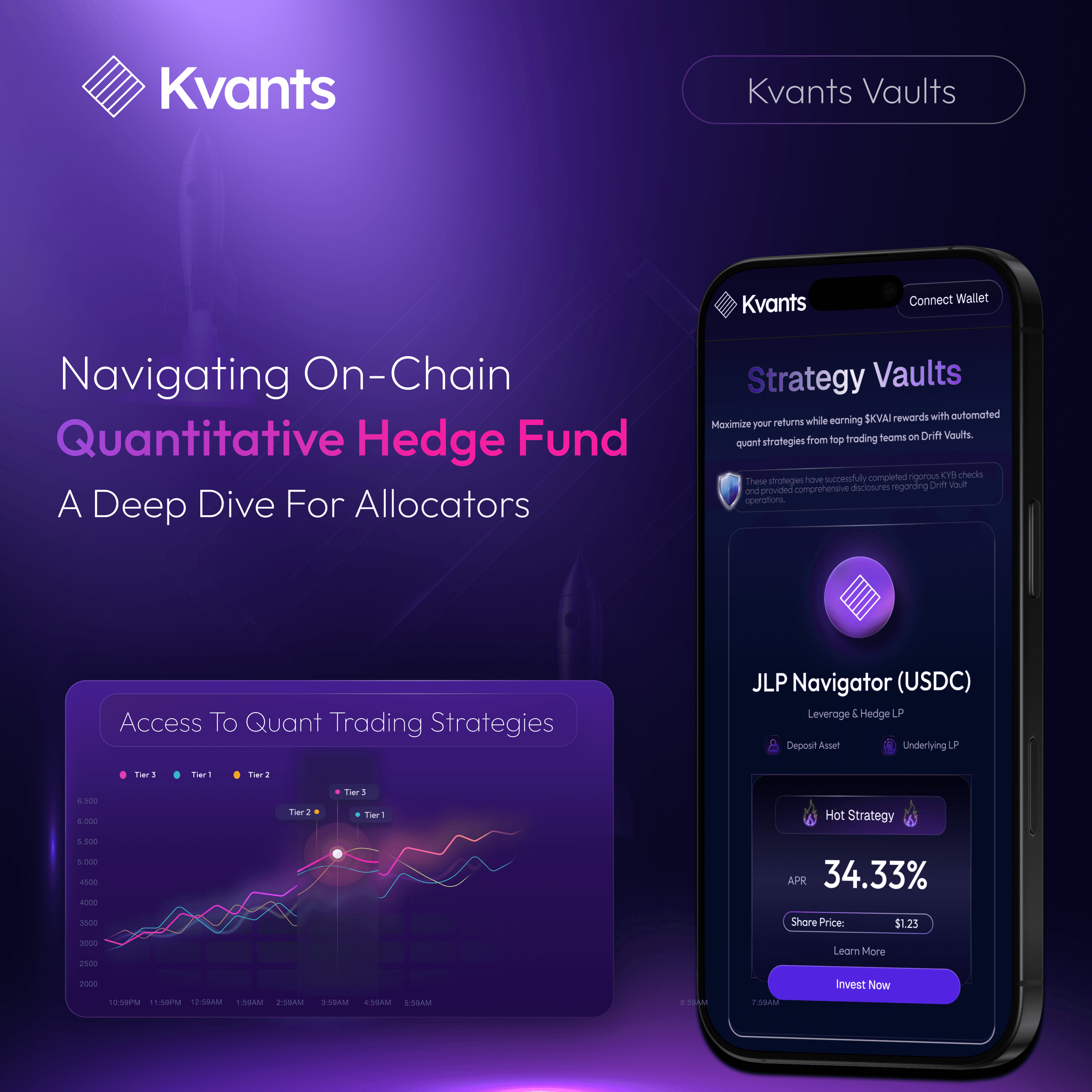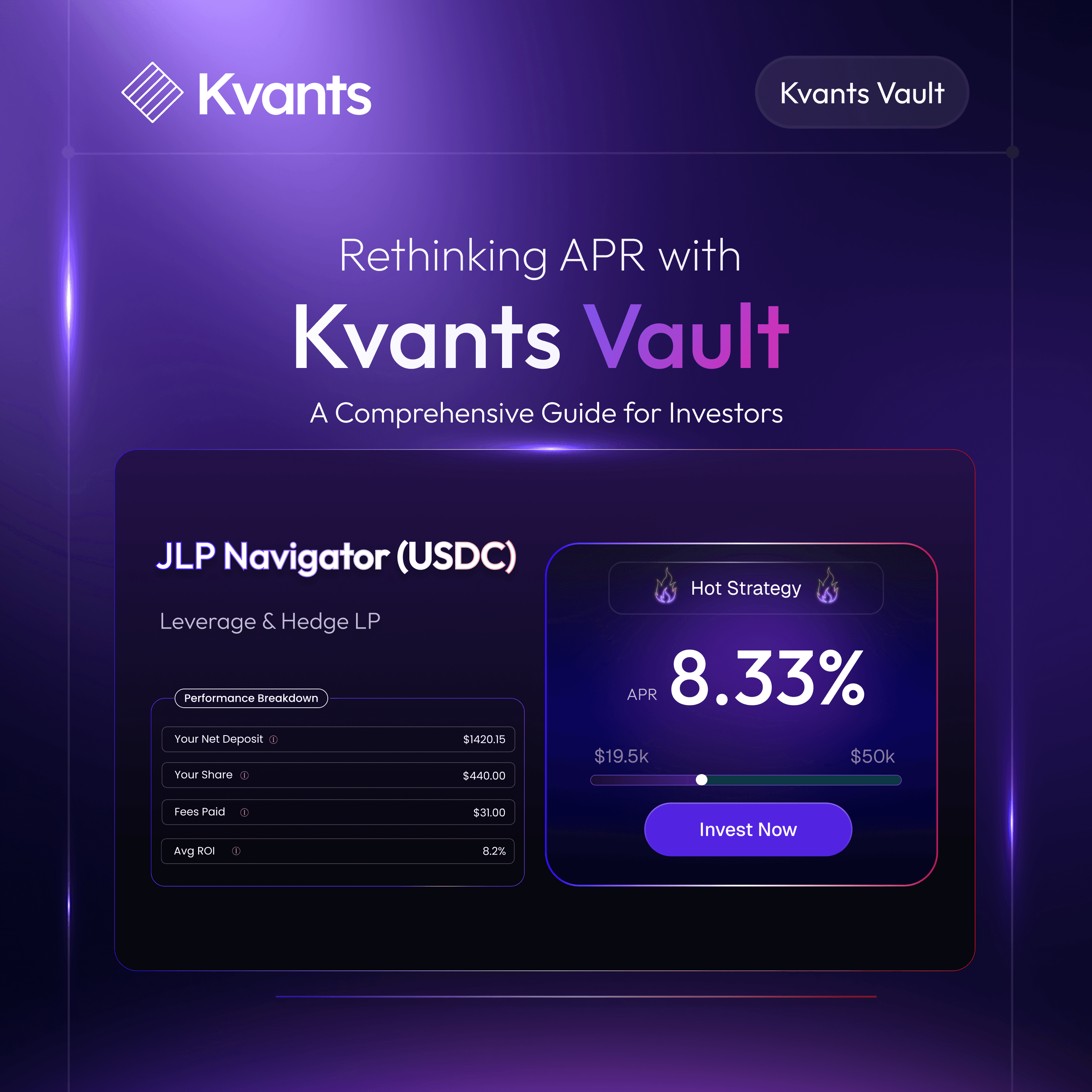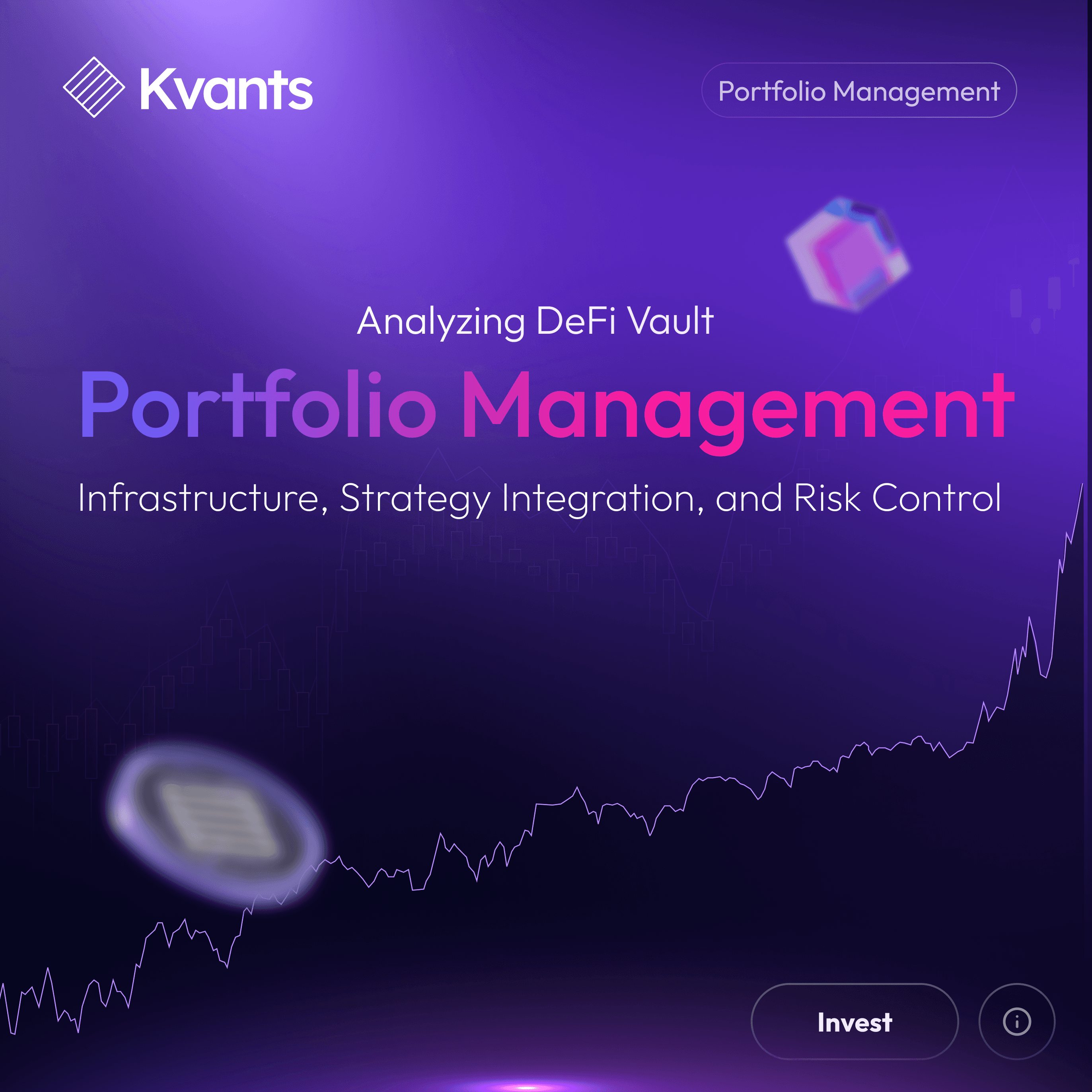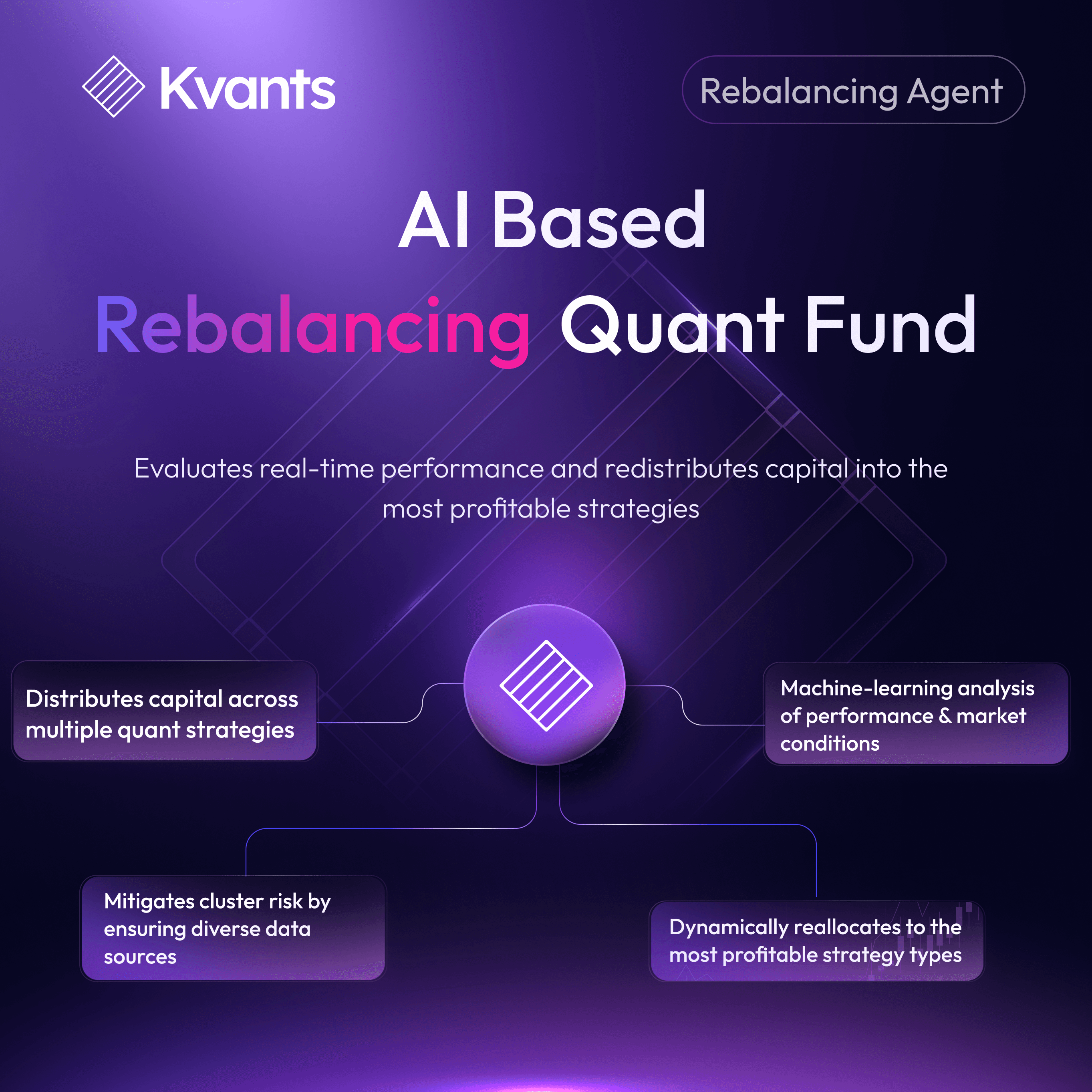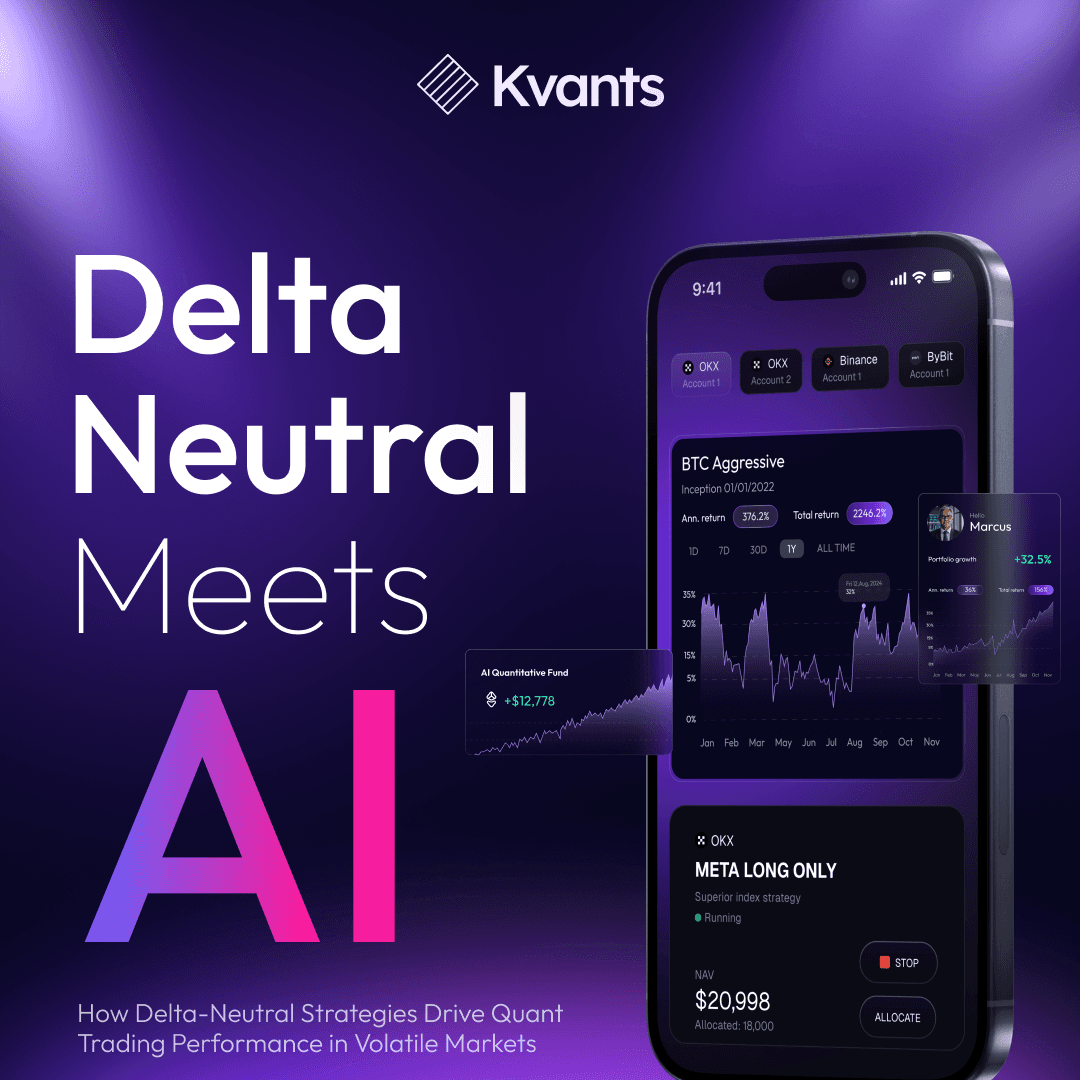

The True Stress Test for Crypto Custodians: Bybit’s $1.5B Exploit and Copper’s Response
Feb 27 | 5 Mins MIN | Institutional investment
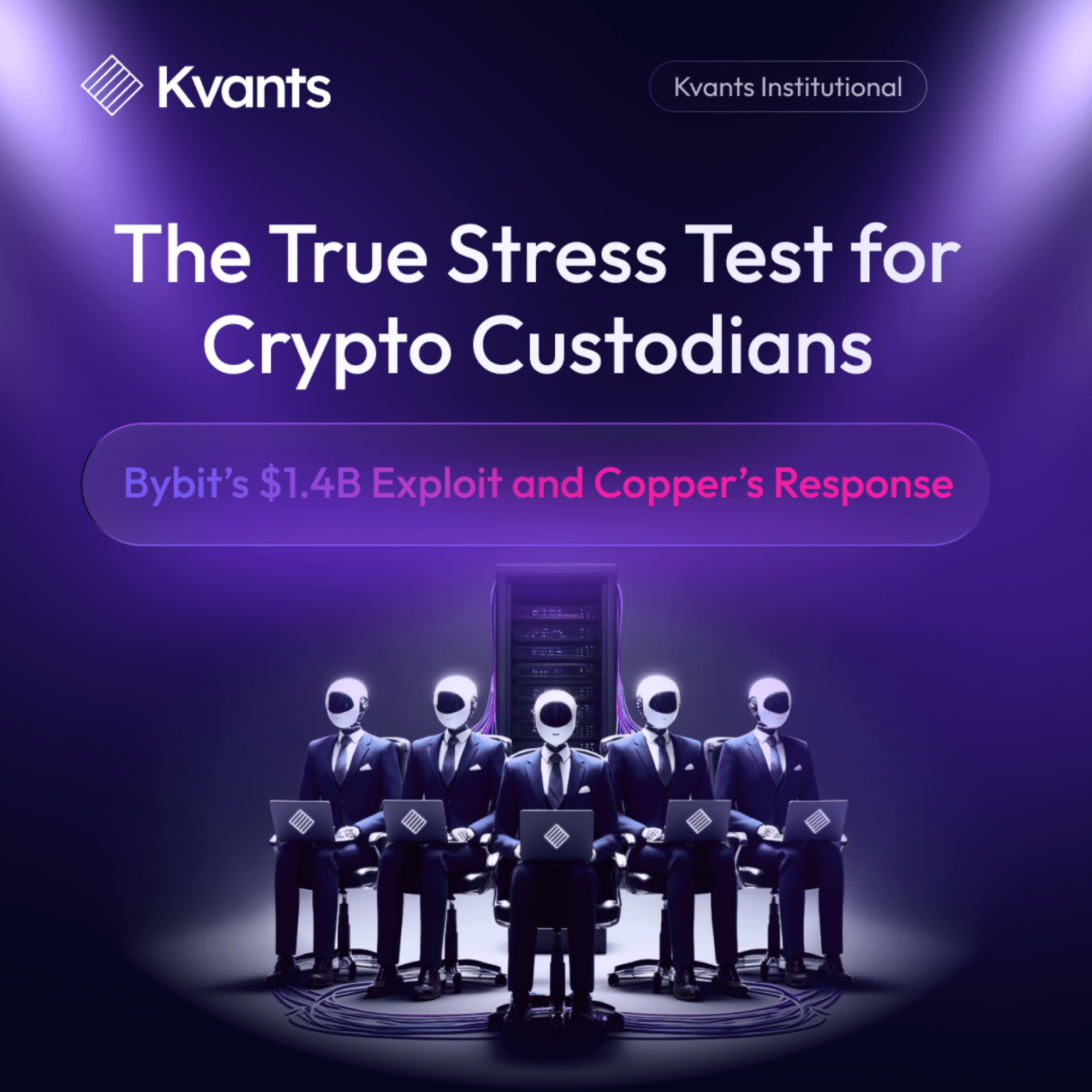
By
Kvants Team
The digital asset industry has long grappled with security vulnerabilities, but the recent $1.4 billion exploit on Bybit presents a defining moment for institutional investors and custodians alike. Beyond the immediate financial implications, this event served as the first real stress test for off-exchange settlement solutions, forcing industry players to evaluate their ability to maintain liquidity, stability, and trust under extreme conditions.
At the heart of this test was Copper’s ClearLoop, an off-exchange settlement network designed to enhance institutional asset protection while enabling real-time trading. Amidst the volatility and security risks posed by the exploit, Copper continued processing settlements from Bybit every two hours, reinforcing its role as a critical component in institutional-grade crypto infrastructure.
The High-Stakes Reality of Crypto Custody
The $1.4 billion vulnerability exploited on Bybit underscores the structural risks inherent in centralized exchanges. While the specific attack vector remains under scrutiny, the scale of the exploit demonstrates a fundamental reality: liquidity in centralized ecosystems remains highly vulnerable, requiring robust countermeasures at the custodial level.
In traditional finance, institutional funds are protected through regulatory mandates, stringent risk controls, and insured custodial accounts. Crypto markets, however, demand alternative solutions that balance security, liquidity, and accessibility. This is where off-exchange settlement networks like Copper’s ClearLoop become critical.
In response to the Bybit exploit, Copper continued facilitating trade settlements without interruption, demonstrating that an independent, institutional-grade custody layer can mitigate risks even in high-stress scenarios.
Unlike traditional exchange custody, where funds remain exposed to exchange-specific vulnerabilities, ClearLoop allows institutions to trade across multiple venues without ever relinquishing custody of their assets. This model significantly reduces counterparty risk while preserving the liquidity benefits of centralized trading environments.
Copper’s Infrastructure Under Stress: A Real-World Test of Off-Exchange Settlements
The events following the exploit provided a real-world test for the resilience of Copper’s custody architecture. Despite market turbulence, ClearLoop maintained its regular rebalancing cycle, executing settlements with Bybit every two hours.
This uninterrupted operation underscores several key factors.
Real-Time Settlement Cycles as an Institutional Imperative
In institutional finance, real-time risk management is non-negotiable. Delays in settlement cycles can trigger liquidity mismatches, increase exposure to price slippage, and ultimately weaken investor confidence.
By maintaining a fixed two-hour settlement cadence, Copper’s infrastructure allowed for continued fund mobility without liquidity bottlenecks, minimized exposure to the exploit’s aftershocks, and reinforced counterparty trust, reducing systemic risk for trading partners.
This level of execution stability is typically expected in traditional markets but remains rare in the crypto ecosystem. The Bybit incident validated the necessity of such frameworks, proving that real-time settlement solutions will be the benchmark for institutional adoption moving forward.
The Role of Collateral Buffers in Institutional Risk Management
Beyond its settlement cycles, Copper’s risk management architecture incorporates collateral buffers, providing an additional layer of stability in volatile market conditions. This mechanism was crucial in the Bybit case, ensuring that PnL mismatches were absorbed without disrupting market liquidity, trading counterparties maintained uninterrupted execution capabilities, and investor assets remained secure even amidst a major security breach. This layer of proactive risk insulation is rare in crypto markets and will likely emerge as a key differentiator for custodial providers catering to high-net-worth investors and institutional funds.
Institutional Takeaways: What This Means for the Future of Custody
The Bybit exploit serves as a watershed moment for institutional digital asset security. The following takeaways are particularly relevant for hedge funds, asset managers, and institutional allocators considering exposure to digital assets.
Custodians Must Evolve Beyond Passive Storage
The role of crypto custodians is shifting. They are no longer merely secure vaults but active risk mitigators providing real-time trade execution, liquidity optimization, and counterparty risk reduction. The effectiveness of Copper’s continuous settlement model in a crisis scenario demonstrates that custodians who fail to innovate will be left behind.
Off-Exchange Settlement is Becoming an Institutional Standard
The traditional model of holding assets directly on exchanges introduces unnecessary counterparty risk. Off-exchange settlement networks like ClearLoop mitigate this risk by allowing traders to maintain full custody while still executing trades seamlessly. Expect increased demand for off-exchange solutions, particularly among institutional investors wary of centralized exchange vulnerabilities.
Security Incidents are the Ultimate Market Stress Test
While security breaches often shake market confidence, they also separate resilient financial infrastructure from fragile systems. Copper’s ability to process Bybit’s transactions without disruption, despite a $1.4 billion vulnerability, proves the necessity of robust custodial frameworks.
Final Thoughts: Custodians as the Backbone of Institutional Crypto
The Bybit exploit was more than just another security breach—it was a real-time evaluation of institutional custody solutions under stress.
Copper’s seamless settlement cycles, risk-buffered collateral mechanisms, and proactive counterparty engagement have set a new institutional benchmark for crypto custody.
For hedge funds, asset allocators, and institutional market participants, the key lesson is clear:
Custodians are no longer an optional layer of security. They are the backbone of market stability. As the industry matures, expect a paradigm shift in how institutional capital approaches digital asset custody—with real-time execution, off-exchange settlement, and collateralized risk frameworks becoming the standard rather than the exception. The Bybit exploit may have exposed systemic risks in crypto trading, but it also highlighted the growing sophistication of custodial solutions capable of withstanding extreme market conditions.
In an industry where trust is paramount, investors will increasingly turn to custodians that have already proven their resilience under real-world stress.
About Kvants Institutional
Kvants Institutional is a multi strategy market neutral quantitative hedge fund specializing in generating consistent, superior risk-adjusted returns through the application of cutting-edge quantitative strategies to digital asset markets. Designed for professional and institutional investors, the fund leverages a blend of statistical arbitrage, machine learning, and various other algorithmic trading strategies to generate alpha within the dynamic digital asset markets.

Read more




